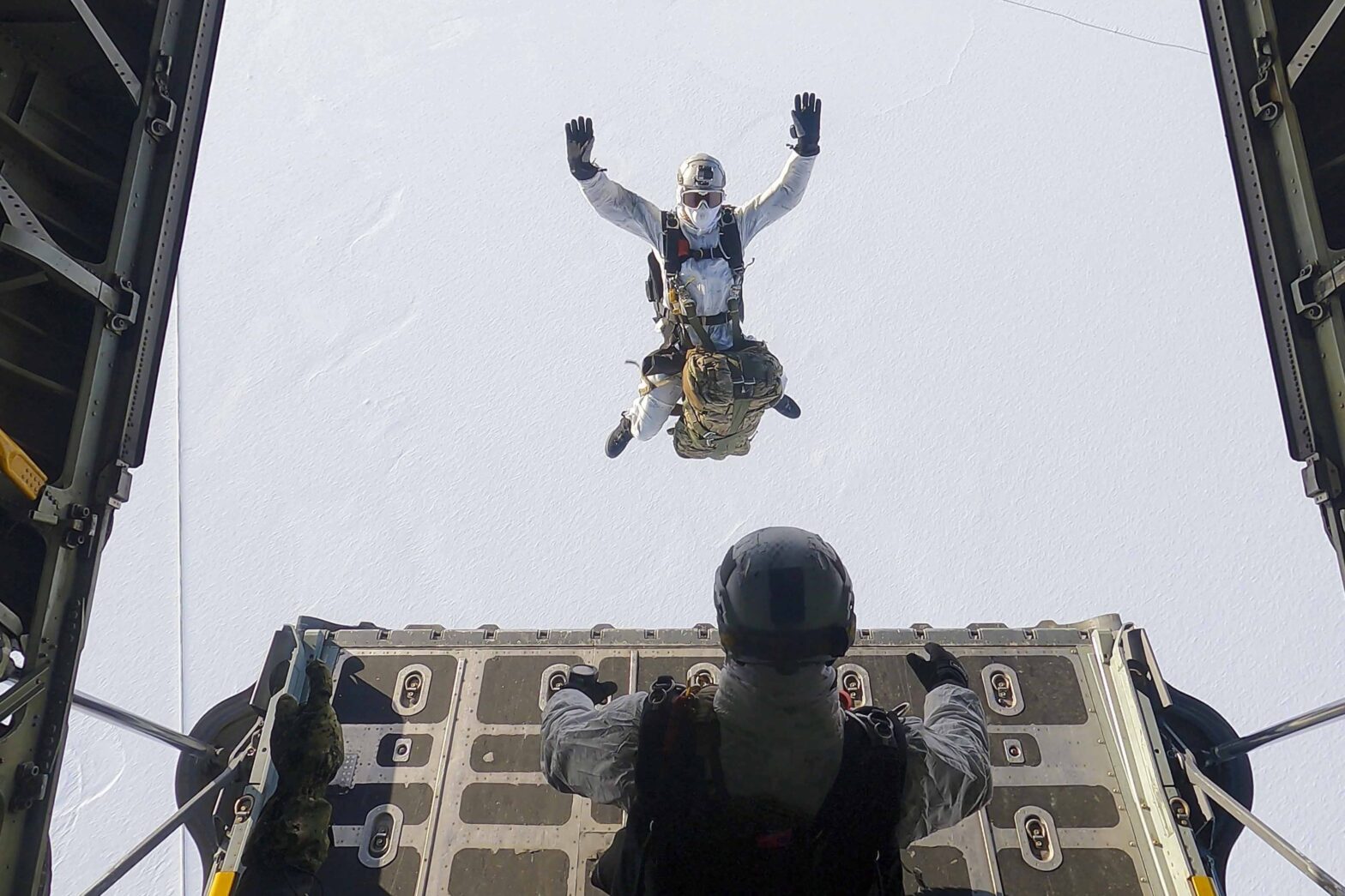Your vestibular system is integral to performance.
It is an essential situational awareness system and contributes to movement in low visibility and maintaining position against an external force.
The performance of your vestibular system is also vulnerable to repeated subconcussive exposures.
That is why it is so important to incorporate vestibular training into your training.
I understand that you are already pressed for time, and that adding more training on top of everything you already do isn’t too appealing.
Instead of adding a bunch of new training, I want to show you how you can make simple tweaks to what you’re already doing to maximize your program.
Intention: Incorporate sensory training into current strength and conditioning programming. Enhance what you are already training. Create ownership of movement and elevate situational awareness capabilities.
Key Capability: Keeping target focus with rapid, multiplanar, acceleration. Function of the vestibulo-ocular reflex.
Maintaining target focus is vital for situational awareness and performance. We don’t want dependence on vision for rapid force development, we want to maintain target focus with power output.
Planes of Movement
There are typically 4 planes of movement trained in plyometrics, and 6 vestibular planes of movement.
PLYOMETRICS: Vertical, Linear, Lateral, Rotational.
VESTIBULAR: Linear (up/down, side/side, fwd/bwd) & Angular (Yaw, Pitch, Roll).
Training should incorporate all planes.
Keys to Integration:
- Visual target intention and maintaining focus.
- Target position at static standing eye level. (This will change with more advanced training)
- Maintain target focus throughout plyometric movement.
| PLYOMETRIC PLANE | VESTIBULAR PLANE | Example |
| Vertical | Up/down (linear) | Squat jump |
| Linear | Fwd/bwd (linear) | Forward bound |
| Lateral | Side/side (linear) | Lateral hurdle hop |
| Rotational | Yaw (angular) | 90-degree squat jump |
Other considerations:
- Safety. Don’t overload your sensory systems. If you don’t have ownership over the plyometric movement staring at your feet, you won’t be able to do it with a target focus.
- Most of the planes aren’t truly in isolation but are a combination of a few. Chart is simplified for ease of understanding/use.
- You’ll note that pitch and roll planes are missing from the chart. But it is important to include these planes with training as well. More on that to come.
